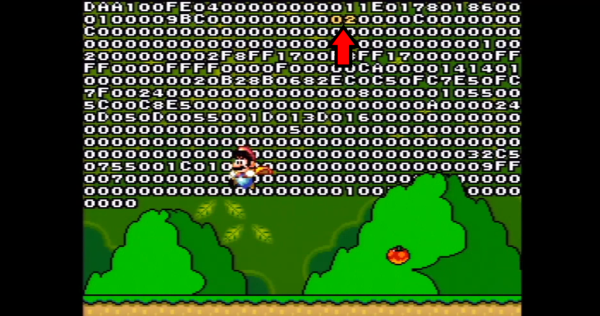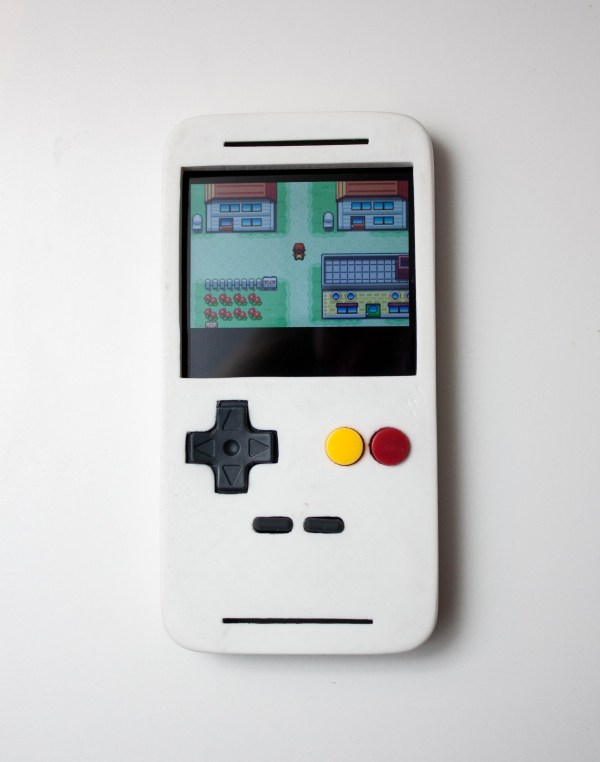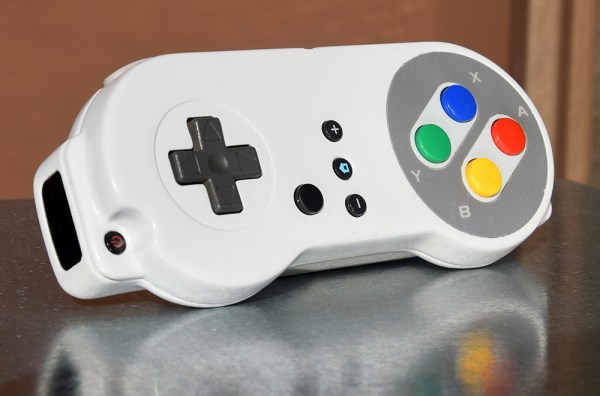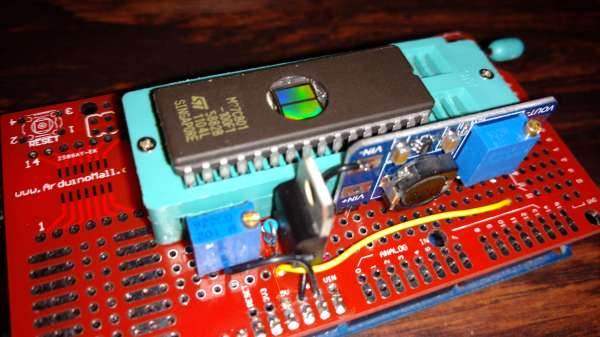[SethBling] has released a Super Mario World jailbreak that allows players to install a hex editor, then write, install and run their own game mods. What’s more is this all works on unmodified cartridges and SNES hardware. No hardware hacks required.
[Seth] is quick to say he didn’t do all this alone. This mod came to be thanks to help from [Cooper Harasyn] who discovered a save file corruption glitch, [MrCheese] who optimized the hex editor, and [p4plus2] who wrote some awesome mods.
While no soldering and programming of parts are required, installing this mod still requires quite a bit of hardware. Beyond the SNES and cartridge, you’ll need two multitaps, three controllers, and clamps to hold down buttons on the controllers. Even then the procedure will take about an hour of delicate on-screen gymnastics. Once the jailbreak is installed though, it is kept in savegame C, so you only have to do it once.
What does a hex editor allow you to do? Anything you want. Mario’s powerup state can be edited, one memory location can be modified to complete a level anytime you would like. It’s not just modifying memory locations though – you can write code that runs, such as [p4plus2’s] sweet telekinesis mod that allows Mario to grab and move around any enemy on the screen.
It’s always awesome to see old video game hardware being hacked on by a new generation of hackers. We’ve seen similar work done on Super Mario Brothers 3, and an original GameBoy used to pilot a drone, just to name a couple.
Continue reading “Super Mario World Jailbreak Requires No External Hardware”

















